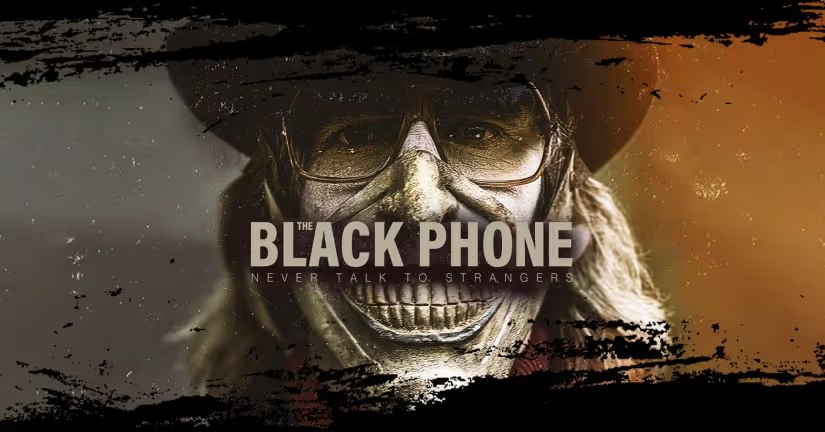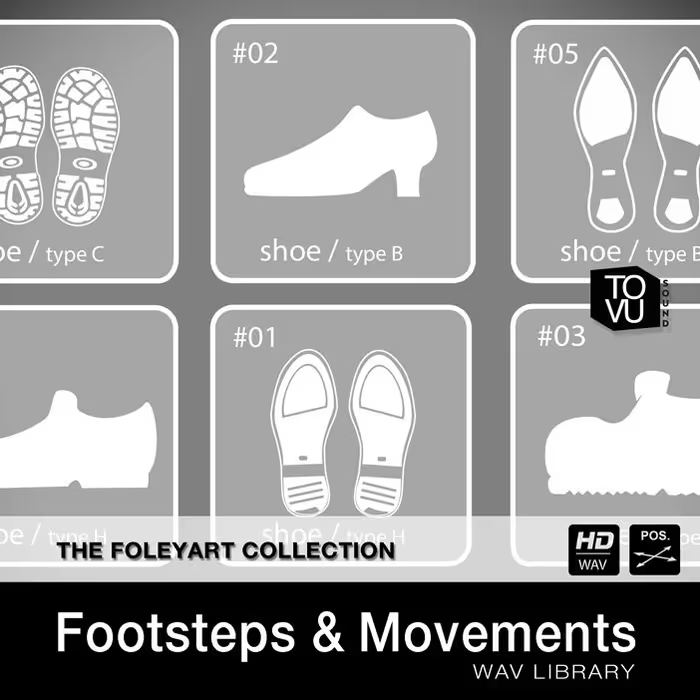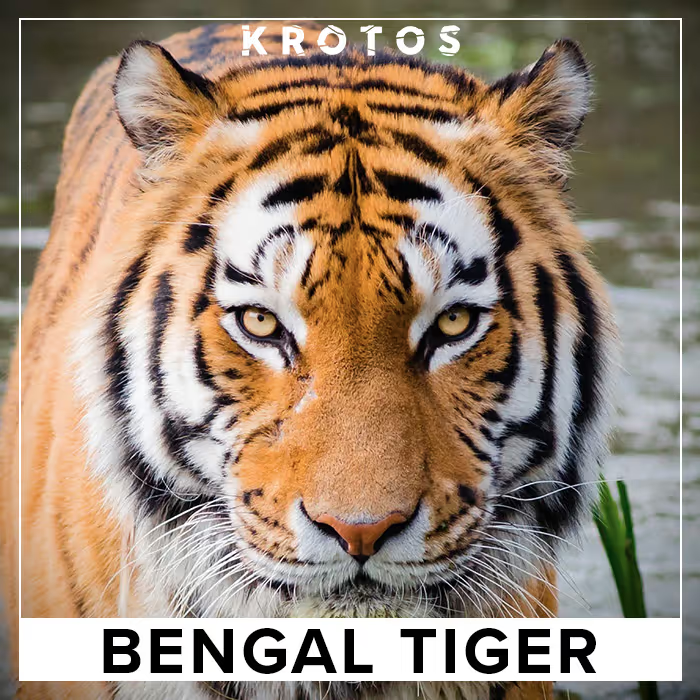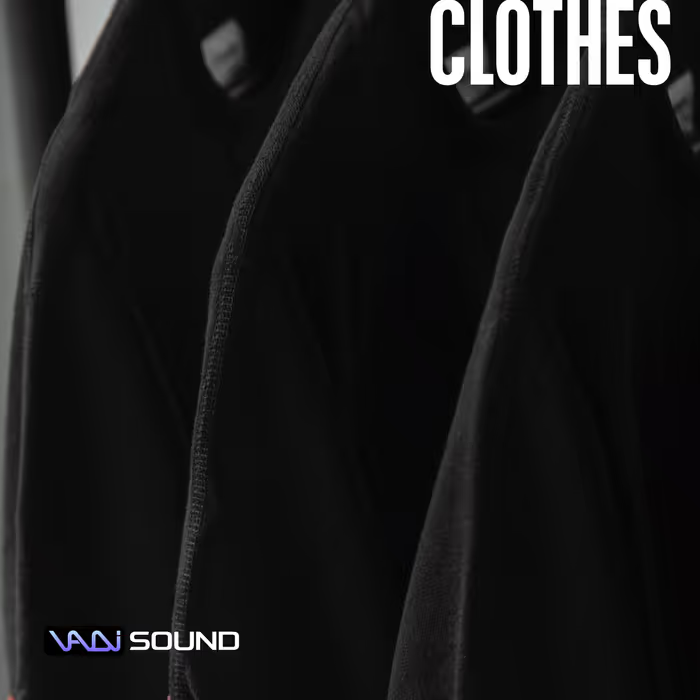There’s so much to love about horror films from a sound perspective – like creating cringe-inducing gore sounds, slashy/shingy knife whooshes, and (my favorite) building jump scares that literally lift you off your seat. So much fun!
MPSE Award-winning supervising sound editor/sound designer/re-recording mixer Paul Hackner at WB Post Production Creative Services, Burbank: Sound was tasked with creating a ’70s-era setting for Director Scott Derrickson’s The Black Phone (distributed by Universal Pictures). But the era vibe didn’t stop at backgrounds or diegetic effects like cars and technology of the time. Hackner used the song structure of Pink Floyd and similar ’70s bands as his guide to crafting the stylized dream sequences. Here, he explains that process, and talks about using balloons to create a chaotic atmosphere for Finn’s abduction. Hackner also breaks down several methods for creating effective jump scares. (All the jump scares in The Black Phone got me good!)
If you missed the film in theaters, you can buy or rent it online through Vudu, Amazon Prime Video, Google Play Movies, Apple TV, and more.
The Black Phone – Official Trailer 2
Where did you edit The Black Phone? Where did you mix it?
Paul Hackner (PH): I’m at Warner Brothers, so I did the film there. I was the sound supervisor/sound designer and then I mixed it with Jonathan Wales (re-recording mixer on dialogue and music). We mixed it in Dolby Atmos on Dub Stage Six.
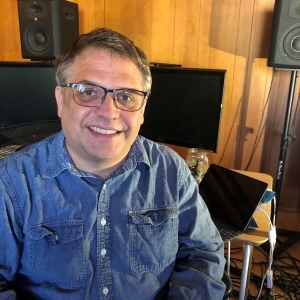
We paid attention to all the mix formats though because we weren’t sure if people were going back to the theaters. Theater attendance had dropped but now we’re seeing this little Renaissance. It’s never gonna be the same, but I’m happy to see people filling up theaters and having fun, and remembering that group experience, especially for seeing a horror movie.
I saw The Sixth Sense in a packed movie theater in a really touristy part of L.A. and I just remember how electric it was to experience those jump scares with all these other people. It’s like a common trauma.
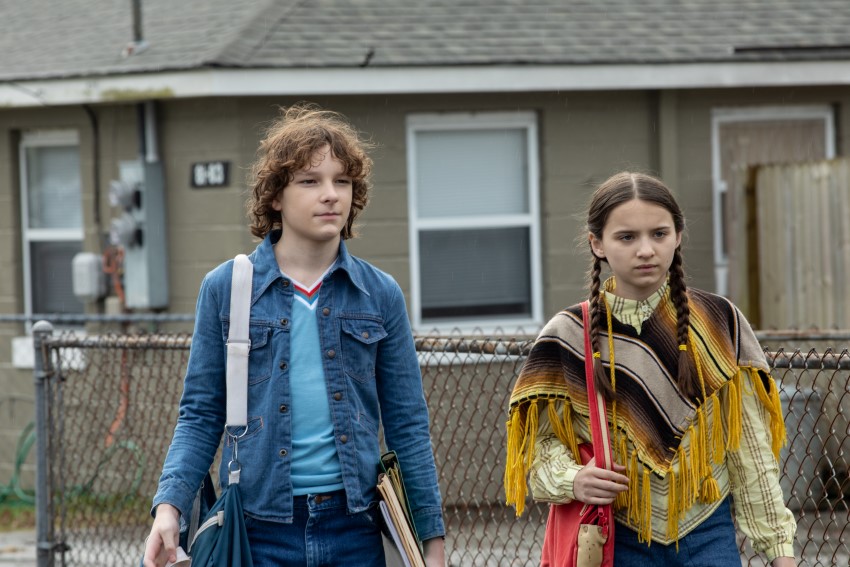
The Black Phone is set in a North Denver neighborhood in the ’70s. You get drawn into the characters because you believe in their world on-screen. What were some of the key elements to making this place feel alive?
PH: Director Scott Derrickson and I worked on a movie directed by Asia Argento. It was autobiographical but dramatic, about a girl whose parents are famous. And that’s what Asia’s experience was in real life.
…we really explored our common love for French New Wave.
And working on that film with Scott, we really explored our common love for French New Wave. And I don’t know if it’s technically true, but I experience it when I watch a film by François Truffaut or Jean-Luc Godard. Especially in Truffaut’s films with kids, there’s this high-decibel thickness of what’s going on.
[tweet_box]Paul Hackner on Building ’70s-Influenced Sound for Horror Film ‘The Black Phone'[/tweet_box]
So, for The Black Phone, we took that approach. It was obvious to me that it needed to have that ambient sound with a lot going on – not to sell anything, but to actually achieve that frenetic feeling of youth that those French directors did so well.
Basically, when you live on a street with a playground, it fills your day; it’s baked into the background of your experience of living on a street where kids are present. We had to do that with ’70s Denver because kids wandered around in the ’70s. I took the bus everywhere in Los Angeles in the early ’80s, but I don’t know if my son would be doing the same – by his own choice.
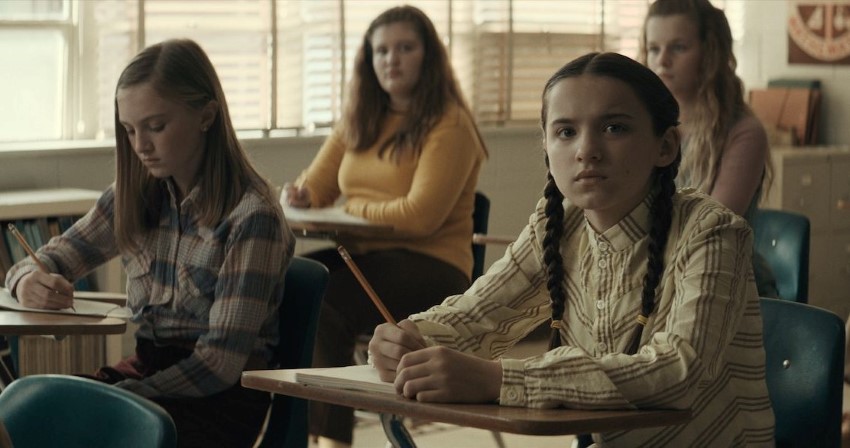
How did you handle the sound of Gwen’s dreams, especially the one with Vance?
PH: One thing about Scott is that a lot of the sonic universe is baked into the script and it’s predetermined – in a way – musically and sonically before I even see it.
In terms of the dreams, it’s sort of similar to Scott’s film Sinister, which used Hi8 footage to show films of these kids in the movie that were being murdered. In The Black Phone, we had a similar feeling when we go into these dreams. The rule in Sinister was that there was really no sound in the Hi8 movies at all, but in this film (although these universes are not connected) we start with nothing and then the sound design follows what’s visually and emotionally coming out of the whole experience.
If you listen to Pink Floyd…there’s always a moment where everything deconstructs and warps, and that’s what our approach was.
Part of what we wanted out of this film was to keep the ’70s vibe and that was exemplified in some of the music that was used, like Pink Floyd. The sound design needed to – in a way – echo that.
So the rule for the sound design was that it needed to be a sound of the ’70s, whether it was a synth or something that sounded like a sample, or something like a memory. It had to be of the time and so it made sense to have moments literally warp in Gwen’s dreams. If you listen to Pink Floyd, there’s a narrative structure in their songs that’s not too different from a movie. But there’s always a moment where everything deconstructs and warps, and that’s what our approach was. You come to a point in a Pink Floyd song where it all breaks down and there’s a point in the dreams where you have to break your own rules and explore the deep, psychological notions that are being shown on screen.
The emergence out of the breakdown is when Gwen gets clues from her dream. Just like in some of the ’70s music, after the breakdown, you get this message. You get that pre-finale “this is what it’s really about” moment.
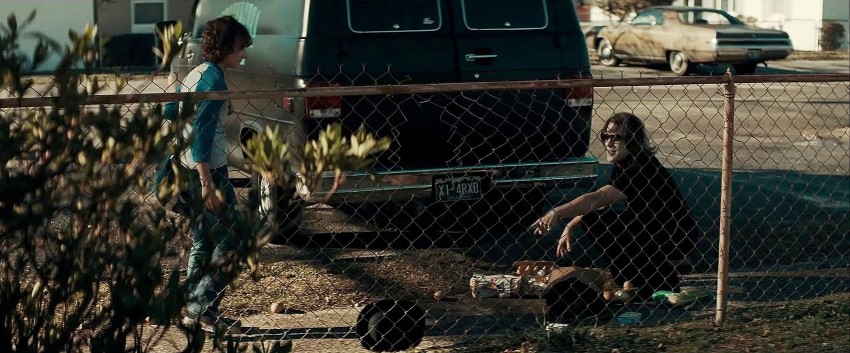
What was your approach to the abduction of Finn? I loved the chaos of the balloons! You just felt wrapped up in them and in the confusion that caused…
PH: I used recordings of balloons, and they were well-performed sounds. They weren’t foley. They were something recorded before I worked on The Black Phone, for another scary movie. And they just had these performances in them.
Another thing I experimented with for the balloons was space and panning…
Another thing I experimented with for the balloons was space and panning because I did feel that one of the rules I can break is using space. The 3D image that you get in a 5.1, 7.1, or Atmos mix is as if your head goes through the screen and you can hear stuff behind you. But with something that’s psychological, like the balloons, you can play with that.
Balloons are amazing because they occlude the sound. That rubber just sucks out sound. It doesn’t reverberate. It’s kind of suffocating. So I tried to use the 3D image in an off-kilter way – like the Three Stooges throwing a pie at you – rather than a perfectly balanced 3D image. I don’t think it’s gimmicky. I think you can throw the rules out and let your creative collaborators dial you back in.
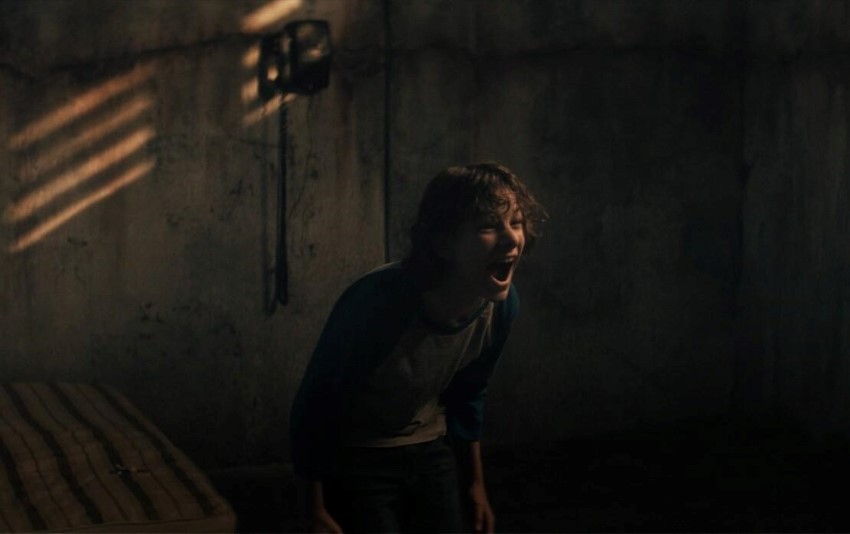
What was your approach to the sound inside the basement? It was surprisingly not reverberant considering all the hard, parallel walls down there…
PH: Working on this movie was like a reunion. I was working with Scott and he had written it with C. Robert Cargill, and we had the same picture editor, the amazing Frédéric Thoraval. The Black Phone has a lot in common with a film we worked on before.
I was so excited to have this basement room, and to figure out what does this room sound like? But that room can’t sound like very much, because we have to make sure the audience feels what Finn’s feeling, which is that there’s no escape.
It had to be dense enough to feel that tone of the movie, and the movie itself is like a tone poem.
We took cues from the actual sound of the room and we didn’t add artificial reverb. We didn’t try to manipulate the space or to suck all the life out of the original recordings. The space changes depending on where Finn is in that room. If he’s in the toilet area – the area where he traps the Grabber – we took care to make it feel different. But unlike Sinister, we couldn’t have this chorus of interesting tones coming out of the environment because the environment had to be closed in.
We ended up layering a lot of stuff, but it lives at much lower decibels. It had to be dense enough to feel that tone of the movie, and the movie itself is like a tone poem. The score, the dialogue, the sound design, and the ambiences need to hand the baton off to each other to keep this psychedelic, real-life experience movie together.
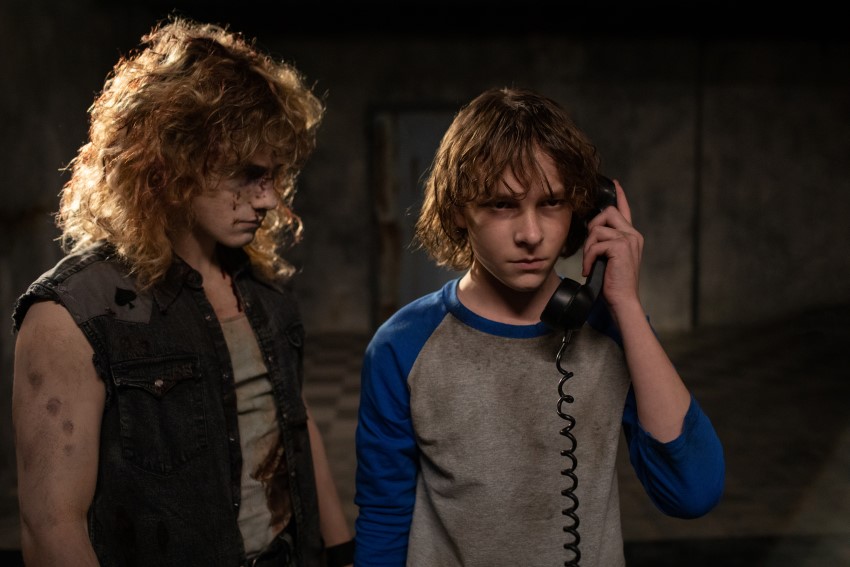
What about the sound of the phone calls? What was your approach for that? And what were some tools you used to make the futz?
PH: The futz was handled by Jonathan Wales; that was his creation on the mixing stage. But for the cool horror movies that Jonathan and I have worked on that have a reasonable budget, we get to do a couple of temp mixes, so we try to have continuity in our conversation with the creative team – with the picture editor and the director. We watch the movie before the first temp and if we’re lucky, we get to watch a screening, usually in a cutting room. For the first temp, Jonathan has his go-tos for different futzes, but the juices were already flowing and we quickly came together on a futz. And just knowing how Jonathan works, it’s never one thing that gets you your sound.
In order to get intelligibility, Jonathan uses traditional techniques of working with smart dynamic EQ…
In order to get intelligibility, Jonathan uses traditional techniques of working with smart dynamic EQ in combination with cool new products that are out there, like Spiff and some other Oeksound plugins. I don’t know specifically what and how much of it he used and where, but when it comes to getting intelligibility, you have to just pull up all the stops. You also have to warm things up.
The static was not created in the futz. The static was a character in and of itself. That was a way to get consistency also. In terms of making the static, you have to listen to a million static recordings and record new ones. They never sound right. It’s either too thin or too thick. You need interesting stuff.
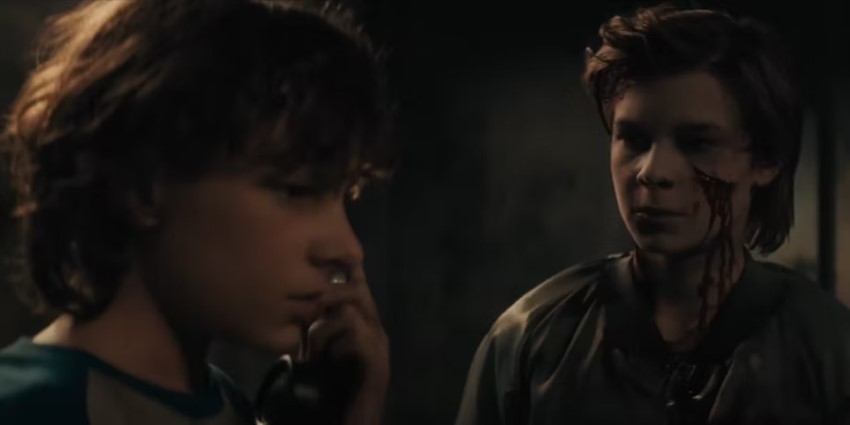
One favorite aspect of horror films is the jump scares, and the ones in The Black Phone got me good! So, how do you make the most effective jump scares?
PH: To a certain extent, it comes down to this concept of perceptual masking. It’s a technique that was used in audio compression for MP3s; it throws away information that your ears supposedly don’t need to hear to experience the music in the same way. Some people say that was a mistake, but that’s the idea.
So, if there’s a loud sound right before a loud sound (i.e., the jump scare) and right after the loud sound (and even what comes after that sound), those are interconnected in terms of how the brain experiences it.
So you have to ask, ‘what precedes the jump scare?’ There are many theories out there on how to handle that.
So you have to ask, “what precedes the jump scare?” There are many theories out there on how to handle that. For example, in the Paranormal Activity movies, there was this rumble that would start (and it wasn’t score, supposedly; it was sound design) and as soon as you forgot about it, that’s when the jump scare happened.
There are numerous schools of thought on what your setup for the jump scare is. Should it be complete silence? Should you drop to silence right before the jump scare? Or should you just be sailing right along and interrupt everything with the jump scare?
I don’t know if there’s a real answer as to which one of those techniques is more effective, but you definitely have to think about what precedes it.
And, you have to think about what comes after it. There are two things you have to consider right after the jump scare. First, is there any important information that the film is trying to convey right after the jump scar? Think of Scooby Doo, when the jump scare happens, there might be eyes looking out from behind a painting. That’s information saying that there are people behind the scenes observing what’s going on.
I think percussive jump scares are definitely more effective.
There’s timing to consider – when can you give information right after a jump scare or how detailed can the information be?
I usually try to tap into some improv acting mindset, where I want to be in a subjective experience. For instance, I tried to put myself into the experience of Gwen peddling on her bicycle in the rain. At what point is she the most vulnerable? You have to really trust your gut.
In terms of the actual sound of the jump scare, I feel like I’ve tried every different type of sting – sounds that are sharp, sounds that are dull, and sounds that have more of a stereo image. I think percussive jump scares are definitely more effective. But as to the spectral makeup, it can be achieved with high frequencies and low frequencies. I prefer more of a wide spectrum, but there are classic jump scares that use orchestral stings, like cymbals and high-pitched violin stabs.
It comes down to feeling the vibe of what’s going on and listening to the music. Or, if you don’t know the music, then you can create something that is interesting enough that you’re not worried about the music.
It’s a rabbit hole, jump scares, but I sure like making them.
What was the most challenging scene for sound?
PH: That’s difficult to say. Collaboration is a really important part of what is expected from a director and a picture editor like Scott and Fred. I really felt that I wanted to get some life into the film and that’s when the foley crew came in.
…we were able to get performed foley…with an attention to detail that allowed us to sonically zoom into any moment.
So, for the dog jump scare scene, even though the production sound in some moments – such as the padlock – were great recordings, we were able to get performed foley from Alyson Dee Moore (foley artist) and D. Chris Smith (foley editor/sound designer) with an attention to detail that allowed us to sonically zoom into any moment. A big part of it is getting the detail and getting different people’s take on the detail and then letting it shine in the mix.
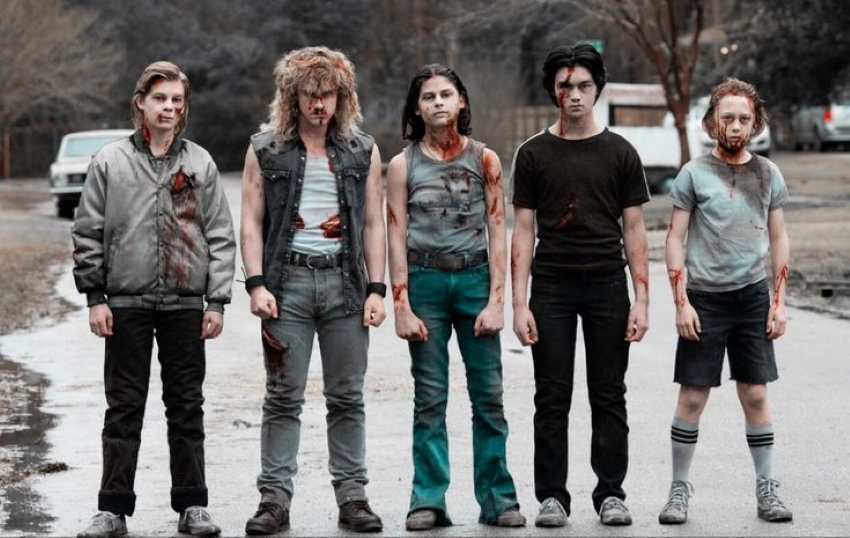
Did you have a favorite scene for sound? After seeing the finished movie, was there a scene that stuck out to you as being really great?
PH: I have two favorite scenes. The first one was the Vance Hopper/convenience store scene. In that scene, I was working with another sound designer D. Chris Smith, who did a lot of the work on The Black Phone.
Chris and I have worked with some amazing sound crews and he’s worked on some great films. I know him from a place where he had to show his taste in sound design. So, since I did the temp dubs, a lot of the fight sound effects in the Vance Hopper scene were worked out early on in the sound editing and sound design that I did to get this hyper-real, in-and-out-of-reality thing that we did inside the convenience store.
I encouraged Chris to go out of his comfort zone and make any sounds that came to his mind…
What we needed was for it to become magical. I encouraged Chris to go out of his comfort zone and make any sounds that came to his mind – to just go internal about what it was. And he came up with this incredible moment when Vance is getting arrested and he’s taken outside and everything breaks down.
During the breakdown, I love how that all worked out. I loved the collaboration, and attention to detail – like, the foley crew was able to give me these visceral, almost ASMR elements. Chris was able to give me his memory of the’70s in a warped, bizarre way. It just came out great.
[Mark Korven] wrote these really lush scores that were creepy and hard to place.
The other sound design moment that I loved was Finn’s abduction. We talked about the balloons already, but I also loved when Finn is coming-to in the basement for the first time. The composer on The Black Phone was the great Mark Korven, who did The Witch and The Lighthouse. He wrote these really lush scores that were creepy and hard to place. So the whole arc from the actual van abduction to Finn coming out of a stooper had this amazing handoff between sound design, score, and voices. It felt so cohesive, like one moment. So that was my other favorite sound design moment.
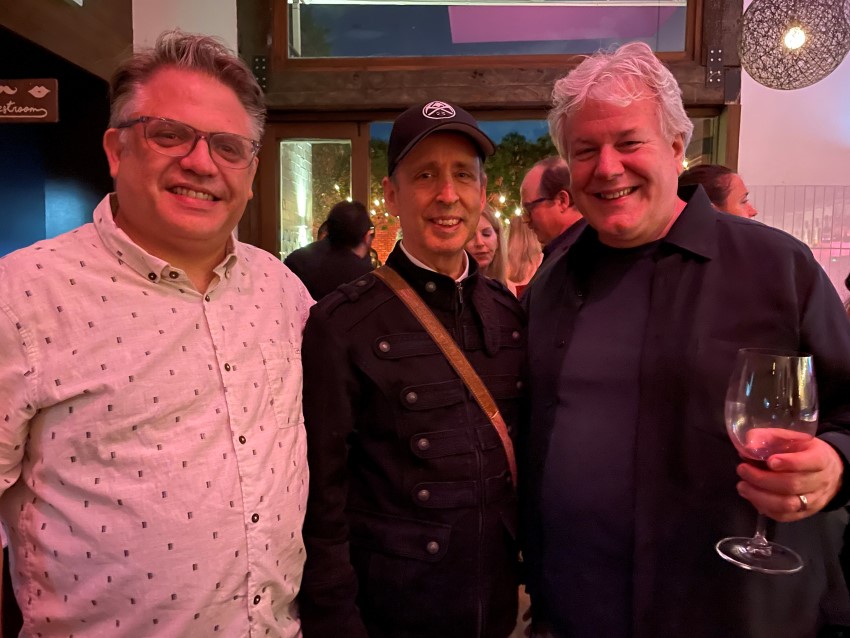
What was your favorite moment in terms of the mix?
PH: We had an amazing time on the mix. It was still a horror movie and they don’t spend as much money on feature films as they used to. So we still had the stress of doing what’s not particularly a high-budget project. We had great resources and facilities and we used them to great effect. So, in the mix, we were able to give Scott and Fred a place to come and re-experience the movie. This wasn’t a big tent-pole film, but we had the best experience of being creative. So I’m proud of that.
Jonathan and I had this amazing sound design, great dialogue editing, foley, and score to work with. And then, when the clients came into the room, they were able to be creative and not feel any pressure of budget or time. There were pressures, but our job is to make a curated experience for filmmakers to explore the sonic embellishment of their film.
…our job is to make a curated experience for filmmakers to explore the sonic embellishment of their film.
It shouldn’t feel like you have a list of things to do on the dub stage. It really should be, “here is our take on this first reel; let us play it for you. Let’s go through it and fix it. Here’s our second take on this reel. And now we’re getting somewhere.”
When we have good planning and good post supervisors, then we can play back the film and, if we play our cards right, we can go through the film in as many layers as we can, with as many passes as we can, and monitor the sonic experience from beginning to end – not from work chunk to work chunk.
I’m proud that my clients left feeling great about their experience of mixing their movie and that they felt like, “Hey, I want to just work with those guys because it’s creative and fun”.
From top to bottom, it’s important to curate a good experience for your clients, and also to pass on the knowledge to other people.
It’s a great job being in the post sound; I have so much fun. I’m super grateful because it’s not an easy job to crack, and it’s not an easy job to sustain. It’s tough. It’s physically tough because you work long hours, especially when you actually start making money and you really want to work. You work really hard. This is just a great business and I want to help people – young sound designers and mixers. I just want to help people find ways to get into this, to do this job. There is a demand for highly skilled people, and I’m sure there are some people out there who want to learn these skills.
From top to bottom, it’s important to curate a good experience for your clients, and also to pass on the knowledge to other people. There is a lot of tradition and a lot of good stories that we’ve all heard. It’s a cool job. We need more people to be mentors and to have new sound talent observe them. It’s helpful for everyone; it’s humbling for the senior mixer and informative for the up-and-coming ones. The younger generation has things to teach the older ones about new technology or the latest tools.
A big thanks to Paul Hackner for giving us a behind-the-scenes look at the sound of The Black Phone and to Jennifer Walden for the interview!

